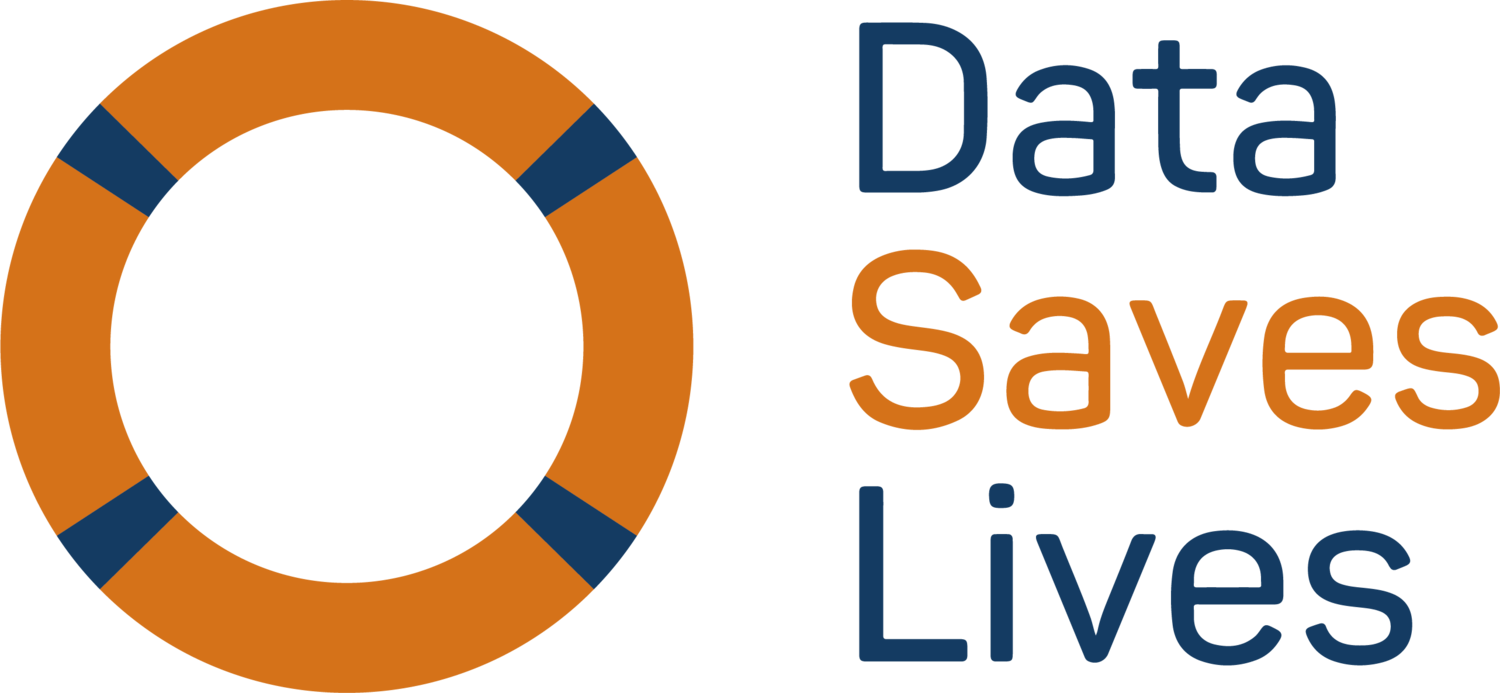This year was really full with news and resources about health data sharing. The European Health Data Space became more and more focused and discussed. Additionally, patients and citizens started to become more interested in health data sharing. Nevertheless, it became clear again that there is a significant need for more information and education around the topic too.
The big accelerator this year was – once again – the pandemic. It showed us the importance of health data sharing and having access to data quickly. Because of finding out more about the effect of the vaccination in the context of different diseases, one of the most important questions patients had was, how it would impact them. We also talked about ethical questions, about data altruism and how to walk in other people’s shoes, means to understand the situation of people on the DSL Blog, why health data are so important and we also had our glossary published https://datasaveslives.eu/glossary .
With the Data Saves Lives Toolkit Pilot Group, (comprising patient advocates from different cultures, countries and disease areas), we developed and launched a toolkit for patient organizations, to support them in explaining health data sharing to their communities. I had the pleasure and honor of chairing that great group and learned a lot from and with the members.
We launched the toolkit at the EPF Congress last October in a #DataSavesLives dedicated session. What became very clear is the huge interest in the toolkit and also in the theme “health data” and “data sharing” from our audience. https://datasaveslives.eu/toolkit
To summarize this years’ activities, it was about communicating health data broadly, how to talk about it and then specifically, what are the benefits for patients, people and healthcare systems.
This brings us to the next level and to the next year. The year 2022.
Starting like the last year ended. With a pandemic, lots of health data being generated and many more questions around. In my opinion, it is the perfect time to talk about the next steps and start a discussion with some new themes.
As we understand the importance of health data sharing already, we now have to talk more about the methods to share health data.
There are two ways to use health data. We talk about the primary and secondary use of health data. A very interesting area; because it is known that, not all health data are accessible for every stakeholder.
The primary use of health data is the use of data in a routine healthcare setting. That can be a regular appointment with an expert doctor, recording new patient data of an individual in an electronic health record. This data can also come from pharmacies, hospitals, doctors, or also from health insurance companies.
The secondary use of data is the use of health data which doesn’t meet the original aim for which the data were collected. For example, to use health data to find out more about side-effects of a medication to a particular type of patient to improve medicines use. Or to find out more about a disease in a specific area of research, using existing data.
As mentioned, there are many data-sets that exist already but cannot be used, because of GDPR or other regulations. That brings us to the next question.
Do we have valuable and good frameworks for health data sharing in place?
Or do we need to find better and more specified regulations for different stakeholder to enable them to use this unused data more intensively for research and development? There are some initiatives going on at the moment to change regulations and suggest to expand the rules of GDPR in a more valuable way to make the “silent” health data usable for different groups.
Another theme will be discussion about patient registries. The pandemic has shown their importance but not every country or disease area has a good registry available. That can mean that there is a gap in knowledge, needs and also for research and development.
A good example is the initiative of the MS Data Alliance and the MS International Federation setting up a very good data set about people living with MS and how they deal with the pandemic. https://www.msif.org/covid-19-ms-global-data-sharing-initiative/
Last, but not least, while discussing the use of data and the frameworks there is another important point we should talk about:
Different channels of health data sharing
A lot of us share health data daily. In social media, in closed forums and groups, with our family members, friends or other patients and our doctors. But these data are not structured.
How can the results of data sets, research which was done with health data and also the outcomes be shared with people? Should there be some public platforms or is it just for HCP`s? There are many questions we will have to answer next year.
Questions we will have to think about and to discuss. We have to continue the discussion and to listen to all stakeholders to make sure that all are heard and respected.
Data Saves Lives is going from 1.0 to the next version. To 2.0 and I am convinced there will be some very surprising news again next year. New things to explore, to learn and to move forward with the aim: To provide an interactive and lively format to inform and to discuss with people about “Health Data Sharing”.
By Birgit Bauer, Social Media & Digital Health Expert, Journalist, Speaker and Analyst. Data Saves Lives Editorial Board Member


